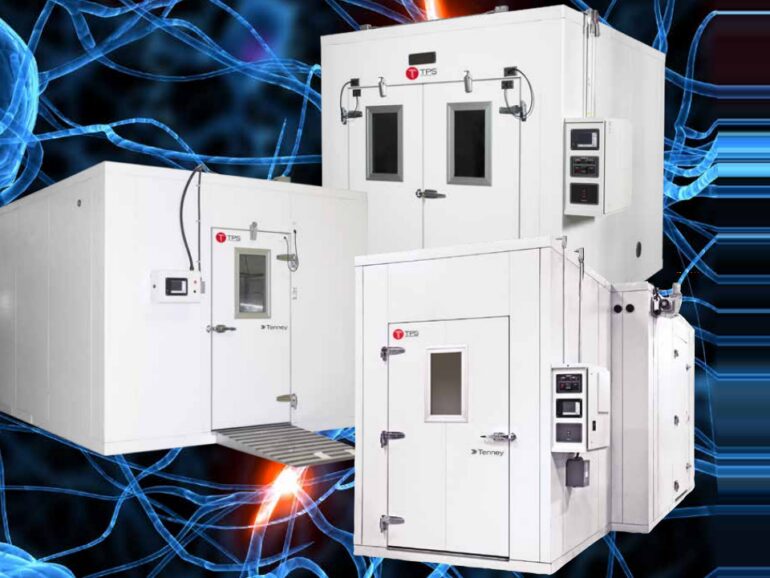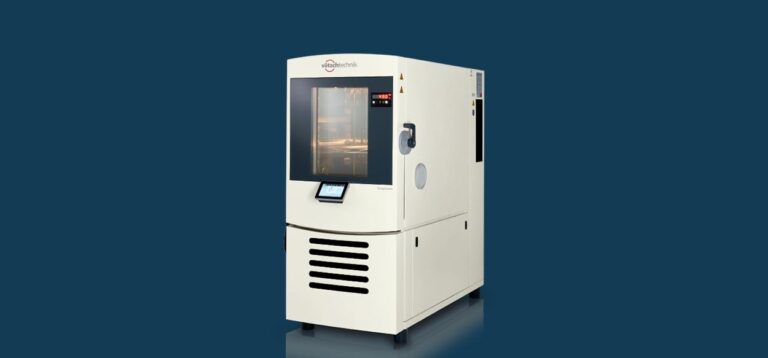Climate change has emerged as one of the most pressing global challenges of our time, and understanding its impacts on various industries has become paramount. Climate chambers, also known as environmental ones, play a pivotal role in testing the resilience of products and materials to extreme environmental conditions. As technology advances at an exponential pace, the future of climate chambers holds exciting innovations and trends that will revolutionize environmental testing.
Smart Climate Chambers: Harnessing the Power of AI

As we move towards a more connected world, climate chambers are becoming smarter and more efficient. The integration of artificial intelligence (AI) has revolutionized the way these chambers operate, making them capable of adaptive and real-time adjustments. AI algorithms can analyze data from various sensors within it, allowing for precise control over temperature, humidity, and other environmental variables.
Smart climate chambers employ machine learning algorithms that can predict and mimic environmental conditions accurately. By learning from past test results and adjusting parameters accordingly, they save both time and resources. Industries can now conduct comprehensive tests in shorter timeframes, accelerating product development cycles while reducing costs. Moreover, AI-powered ones facilitate automated data analysis, enabling researchers to extract meaningful insights more efficiently.
Renewable Energy Integration: Sustainable Testing Solutions
Climate chambers traditionally consume substantial amounts of energy, contributing to their carbon footprint. However, the future of these chambers lies in integrating renewable energy sources. Solar panels, for instance, can power them, reducing their reliance on non-renewable energy. By utilizing clean energy, industries can mitigate their environmental impact while conducting tests that mimic real-world conditions.
Furthermore, the use of advanced energy management systems in climate chambers ensures optimal energy consumption. These systems intelligently regulate power usage based on demand, reducing energy wastage. Implementing energy-efficient technologies, such as LED lighting and efficient insulation materials, also contributes to sustainability and lowers operational costs.
Customizable Chambers: Tailored Testing Environments

In the future, climate chambers will offer greater flexibility and customization options. Industries often require specific environmental conditions to test their products accurately. Customizable ones will cater to these needs, allowing researchers to simulate a wide range of environments, including extreme temperatures, high altitudes, or even space-like conditions.
By integrating modular designs and adjustable parameters, they can accommodate diverse testing requirements. Researchers will have the freedom to create unique environments, closely resembling real-world scenarios. This level of customization will enable industries to develop products that are robust, resilient, and optimized for specific conditions.
Real-Time Monitoring and Remote Access

Advancements in connectivity and the Internet of Things (IoT) have opened doors to remote monitoring and control of climate chambers. Real-time monitoring systems equipped with sensors and cameras allow researchers to observe the testing process from anywhere, at any time. This capability facilitates collaboration between teams spread across different locations, streamlining research and development efforts.
Remote access to climate chambers not only saves time and travel costs but also enables industries to gather data from multiple chambers simultaneously. Researchers can remotely adjust parameters, receive notifications, and monitor test progress in real-time. Such accessibility enhances productivity and enables efficient utilization of climate chamber resources.
Conclusion
The future of climate chambers holds immense potential to revolutionize environmental testing. Smart climate chambers powered by AI algorithms, renewable energy integration, customizable testing environments, and real-time monitoring capabilities are just a few of the exciting innovations on the horizon. As industries strive for sustainability and resilience in the face of climate change, they will continue to play a crucial role in testing and ensuring the quality of products and materials.

